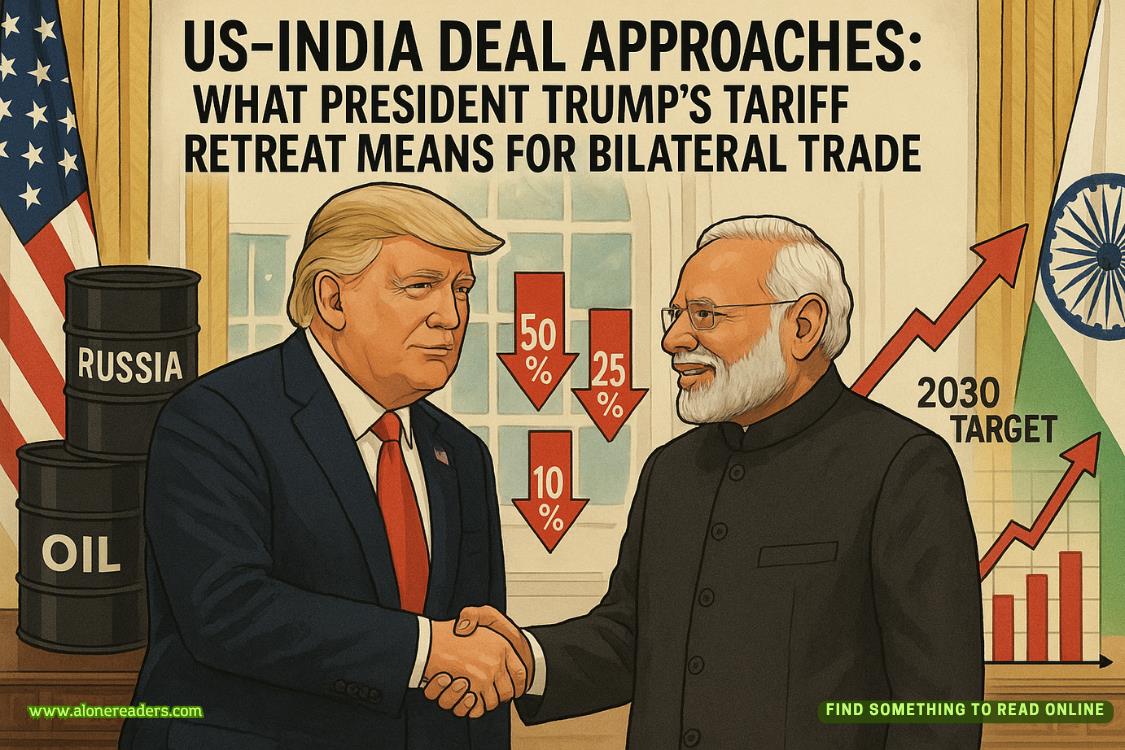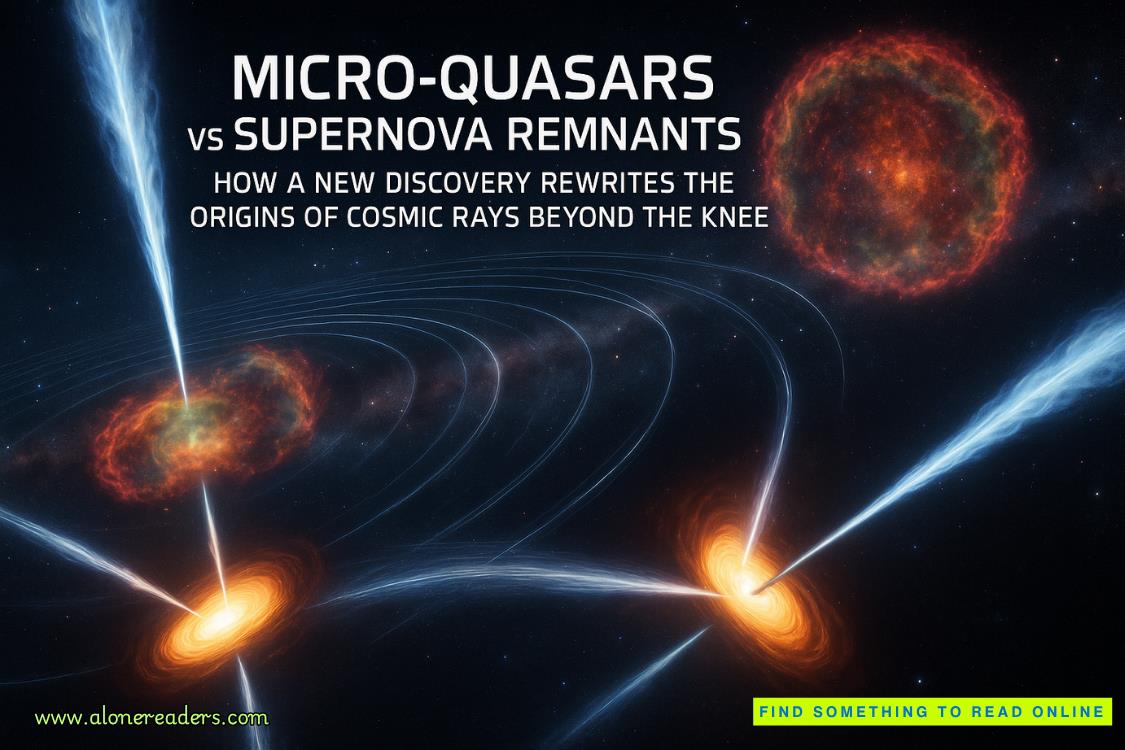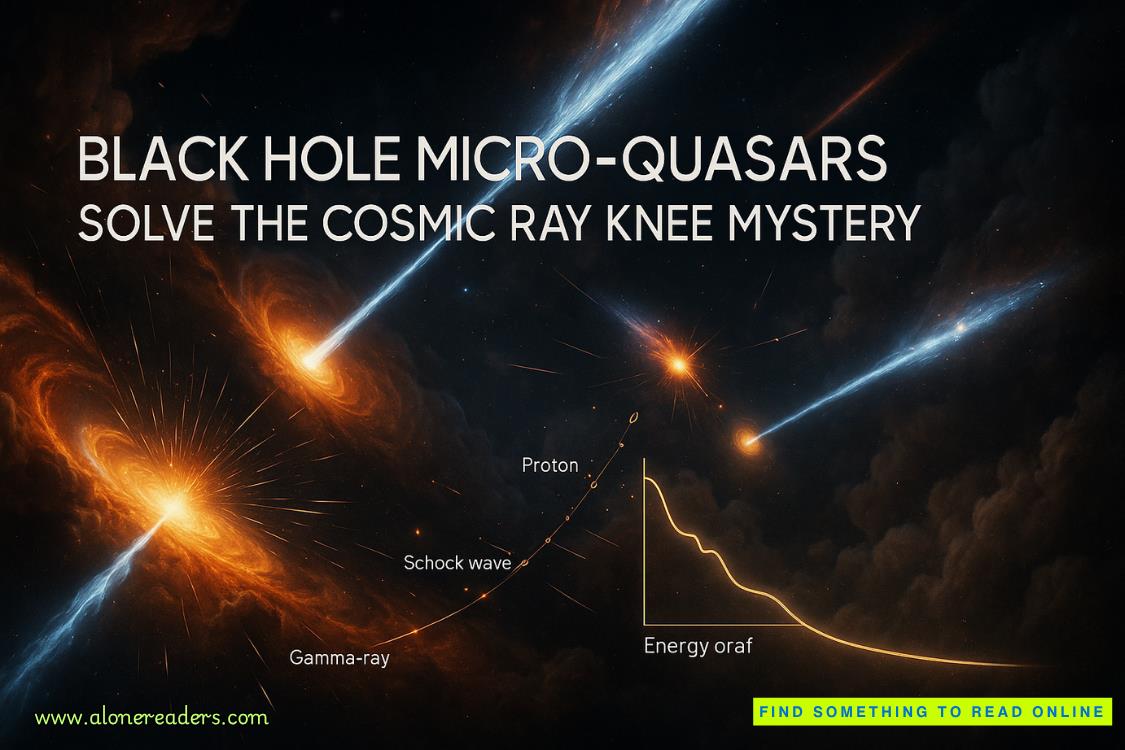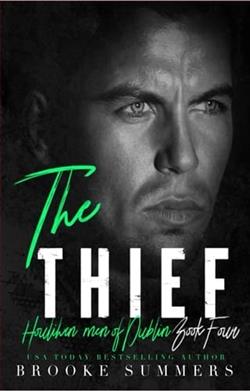Page 84 of Inca Gold (Dirk Pitt 12)
"Yes, by all means," said Yaeger, polishing one lens of his granny spectacles. "Let's have a look at it."
Pitt opened the case, gently removed the jade box, and placed it on the conference table. Giordino and Gunn had already seen it during the flight from the rain forest to Quito, and they stood back while Sandecker, Yaeger, and Straight moved in for a close look.
"Masterfully carved," said Sandecker, admiring the intricate features of the face on the lid.
"A most distinctive design," observed Straight. "The serene expression, the soft look of the eyes definitely have an Asian quality about them. Almost a direct association with statuary art from the Cahola dynasty of southern India.
"Now that you mention it," said Yaeger, "the face does have a remarkable resemblance to most sculptures of Buddha."
"How is it possible for two unrelated cultures to carve similar likenesses from the same type of stone?"
asked Sandecker.
"Pre-Columbian contact by a transpacific crossing?" speculated Pitt.
Straight shook his head. "Until someone discovers an ancient artifact in this hemisphere that is absolutely proven to have come from either Asia or Europe, all similarities have to be classed as sheer coincidence. No more."
"Likewise, no early Mayan or Andean art has ever shown up in excavations of ancient cities around the Mediterranean or the Far East," said Gunn.
Straight lightly ran his fingertips over the green jade. "Still, this face presents an enigma. Unlike the Maya and the ancient Chinese, the Inca did not prize jade. They preferred gold to adorn their kings and gods, living or dead, believing it represented the sun that gave fertility to the soil and warmth to all life."
"Let's open it and get to that thing inside," ordered Sandecker.
Straight nodded at Pitt. "I'll let you do the honors."
Without a word, Pitt inserted a thin metal shaft under the lid of the box and carefully pried it open.
There it was. The quipu, lying as it had in the cedar lined box for centuries. They stared curiously at it for almost a minute, wondering if its riddle could be solved.
Straight zipped open a small leather pouch. Neatly arrayed inside was a set of tools, several different-sized tweezers, small calipers, and a row of what looked like the picks that dentists use for cleaning teeth. He pulled on a pair of soft white gloves and selected a pair of tweezers and one of the picks. Then he reached in the box and began probing the quipu, delicately testing the strands to see if they could be separated without breaking.
As if he were a surgeon lecturing to a group of interns over a cadaver, he began explaining the examination process. "Not as brittle nor as fragile as I expected. The quipu is made from different metals, mostly copper, some silver, one or two gold. Looks like they were hand formed into wire and then wound into tiny coil-like cables, some thicker than others, with varied numbers of strands and colors. The cables still retain a measure of tensile strength and a surprising degree of resilience. There appear to be a total of thirty-one cables of various lengths, each with a series of incredibly small knots spaced at irregular intervals. Most of the cables are individually tinted, but a few are identical in color. The longer cables are linked to subordinates that act as modifying clauses, similar to the diagram of a sentence in an English class. This is definitely a sophisticated message that cries out to be unraveled."
"Amen," muttered Giordino.
Straight paused and turned to the admiral. "With your permission, sir, I will remove the quipu from its resting place."
"What you're saying is that I'm responsible in the event you break the damn thing," Sandecker scowled.
"Well, sir. . ."
"Go ahead, man, get with it. I can't stand around here all day staring at some smelly old relic."
"Nothing like the aroma of rotting mulch to put one on edge," said Pitt drolly.
Sandecker fixed him with a sour stare. "We can dispense with the humor."
"The sooner we unsnarl this thing," said Yaeger anxiously, "the sooner I can create a decoding program."
Straight flexed his gloved fingers like a piano player about to assault Franz Liszt's Hungarian Rhapsody Number Two. Then he took a deep breath and slowly reached into the box. He slipped a curved probe very carefully under several cables of the quipu and gently raised them a fraction of a centimeter. "Score one for our side," he sighed thankfully. "After lying in the box for centuries, the coils have not fused together or stuck to the wood. They pull free quite effortlessly."
"They appear to have survived the ravages of time extremely well," observed Pitt.
After examining the quipu from every angle, Straight then slipped tw
o large tweezers under it from opposite sides. He hesitated as if bolstering his confidence, then began raising the guipu from its resting place. No one spoke, all held their breath until Straight laid the multicolored cables on a sheet of glass.
Setting aside the tweezers in favor of the dental picks, he meticulously unfolded the cables one by one until they were all spread flat like a fan.















